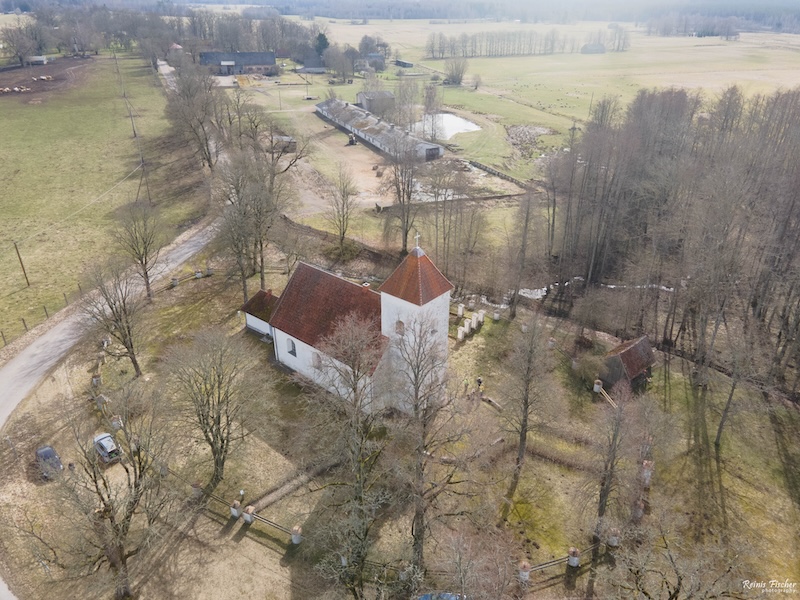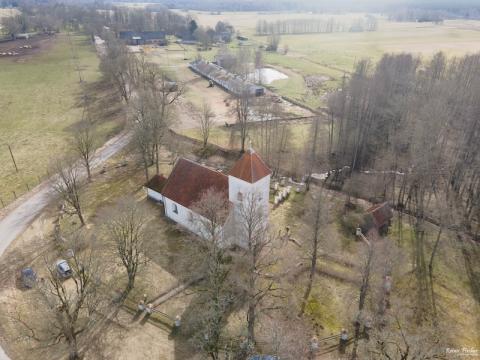Puzes Lutheran Church, a historic landmark, stands proudly in the village of Puze, located in the Ventspils Municipality of Latvia. Built in 1692, it has been a focal point of the community for centuries. The tower, added in 1806 following a devastating fire, rises above the picturesque landscape, serving as both a symbol of resilience and a beacon for worshipers.
My Godmather Raēla Rozīte is a priest of this church since 1989. I first visited Puze church and a worship service during Easter of 2024 when pastor Raēla Rozīte held a ceremony together with my mother, also pastor, Sarmīte Fišere.
Above the entrance, four stone coats of arms from 1692 adorn the facade, each bearing testament to the church's rich history and significance. Despite the passage of time, the church has undergone careful restoration, with efforts commencing in 1986 and the congregation being fully reinstated by 1988.

The church's magnificent organ, crafted in 1844 by the skilled hands of Hermanis Liepāja, fills the sacred space with melodious hymns. In 1990, the organ underwent comprehensive restoration and expansion, ensuring its continued presence as a cornerstone of worship.
Legend intertwines with history in the tales surrounding the church, including the story of a baron purportedly selecting a young maiden for entombment within its walls. Adjacent to the church lies the final resting place of Johann Heinrich Kaluza (1799-1881), a revered scientist and entomologist. Notably, from 1835 onward, Kaluza also served as the pastor of Puzes, leaving an indelible mark on both the church and the community it serves.
Adding to the church's splendor is the altarpiece "The Descent from the Cross," painted by K. Vēbers in 1879, which stands as a testament to the enduring faith and artistic heritage of the region. Today, Puzes Lutheran Church continues to stand as a cherished landmark, welcoming visitors and faithful alike to experience its rich history and spiritual significance in the heart of Latvia's countryside.
